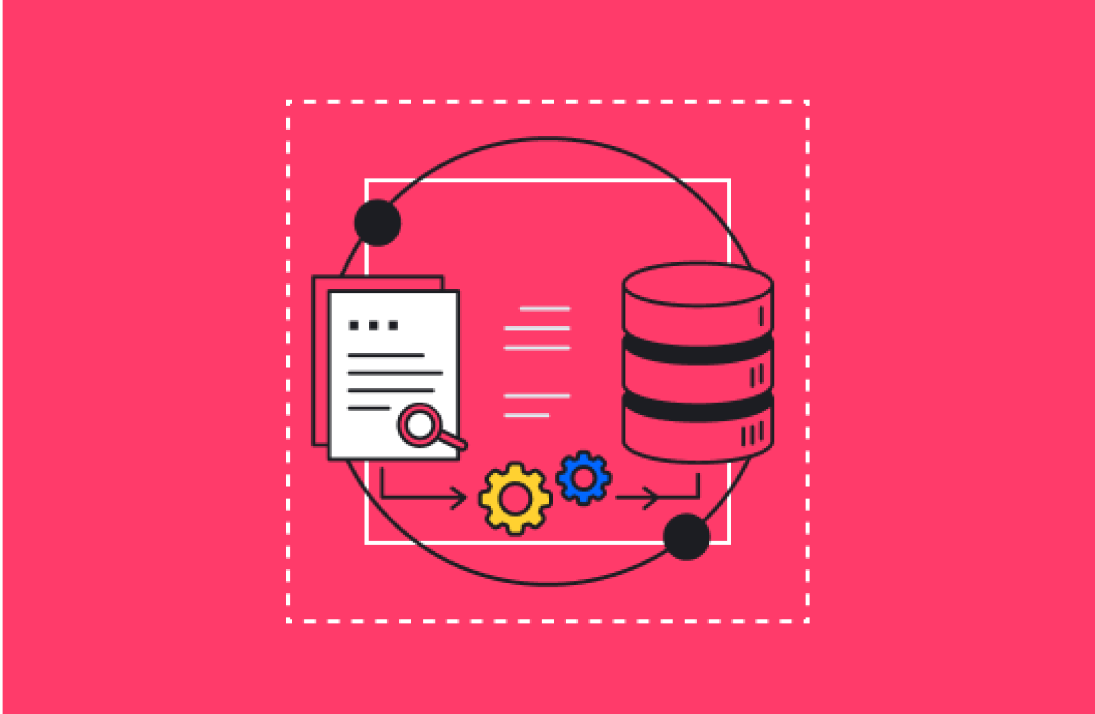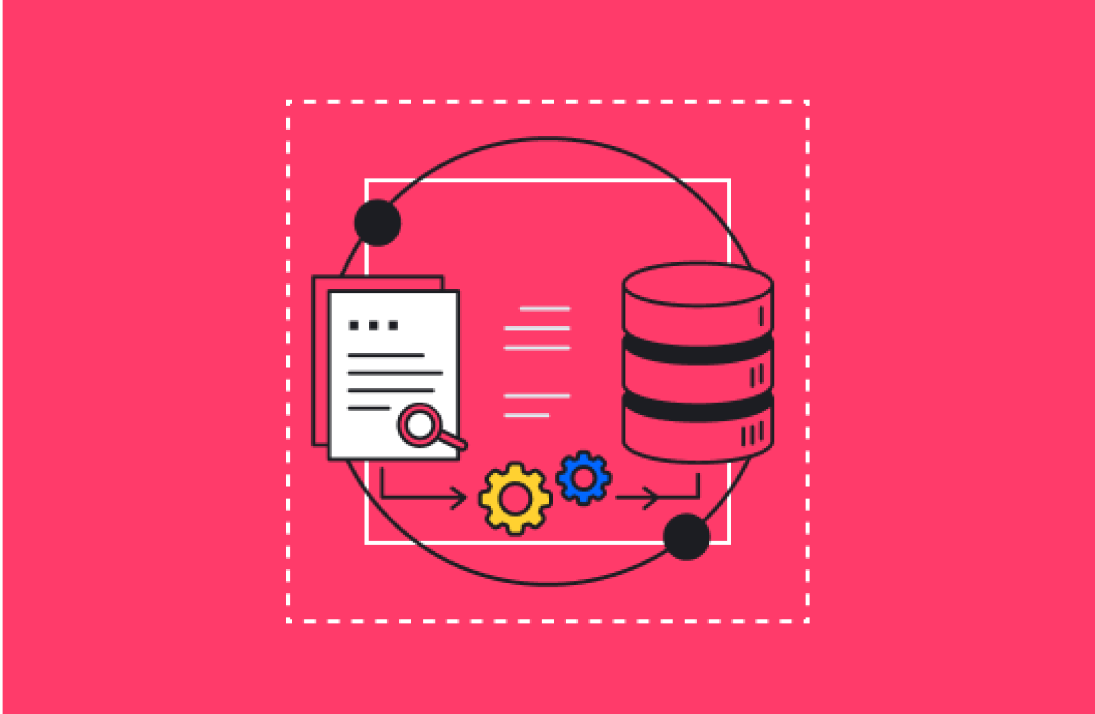Product-led growth is a relatively new business strategy that relies heavily on the merits of a company’s product to drive revenue and engagement. Even if you haven’t used this strategy before, you may already be familiar with product-led growth and not even realize it.
For example, the popularity of some of the latest software innovations was driven almost entirely by product-led growth.
Consider a tool like Calendly, the meeting scheduling tool. After some initial marketing, users picked up Calendly and began using it to schedule meetings with their colleagues. This required them to send an invitation via a Calendly link, which led another user to experience the product.
You can start using Calendly for free, it’s insanely useful, and it has a built-in marketing component through its meeting link function. Thus, Calendly built much of its customer base through product-led growth. They made it easy for people to use the product and share its value with others.
This might not be a workable strategy for some companies, but if your product solves a big pain point or is inherently useful, you may be able to pursue a product-led growth strategy yourself. Here’s how to get started.
Determine How You’ll Deliver Value with No Strings Attached
Most companies believe their products and services add value, but that value is typically provided after a transaction or some other type of exchange, such as for data. If you truly want to pursue a product-led growth strategy, you need to offer your potential customers value with no strings attached.
This is a concept a lot of software developers are now following to drum up interest in their products. For example, HubSpot offers free versions of all its software that you can use for as long as you like. These free products are limited in their capabilities, but they’re often enough for small businesses to get started with CRM technology.
This way, HubSpot generates users simply by offering them free solutions via their product. Once the user is ready, they can upgrade to a paid-for account to get access to more features and capabilities. The customer-acquisition aspect of this strategy is built-in from the beginning.
You may want to offer a “freemium” version of your product, or you may want to offer a traditional 30-day trial with no obligation to buy. Whichever you chose, make sure it delivers enough value to the customer, encourages them to continue using your product, and encourages them to share your product with others.
Calculate the Cost and Scale of Supporting Non-Paying Customers
As any business leader will tell you, offering a product for free doesn’t come without risks. Even if you sell cloud-based software through a subscription service, you’ll need a team and infrastructure in place to support your non-paying customers. This can get expensive if you aren’t driving enough revenue through your freemium offer or your free trails.
That said, supporting your non-paying customers is also a means of supporting your growth strategy. Even if someone is using a free version of your software, they should be able to get the support they need if they have questions or concerns. Offering free users that support lets them know that you’re invested in the quality of their experience, and it reassures them that you’ll provide robust support throughout your relationship.
Once you’ve calculated your costs, you’ll have a good idea of just how many paying customers you’ll need to acquire to support business growth. If the numbers look viable, then you should seriously consider product-led growth as a strategy.
Don’t Give Up on Traditional Marketing and Sales
Finally, don’t give up on traditional marketing and sales tactics just because you’ve chosen to follow a product-led growth strategy. Even if you offer a free version of your product, you’ll still need to reach potential customers through channels like search engines, social media, email, and more.
Create a wealth of content about how your product delivers value and launch organic campaigns to get people interested in your free offering or offerings. Don’t hesitate to invest in ads to get the free or trial version of your product in front of more people’s eyes.
The most important part of product-led growth is getting people’s feet in the door. Once you have users, you can let the product do the rest.
If you have a product that solves problems, adds value, or makes people’s lives easier, you can use it as a vehicle for growth.
Find Out if Product-Led Growth is Right for You
Product-led growth may not work for every business, but it can be a powerful strategy if you can leverage it. If you’re part of a software company, you should seriously consider product-led growth. And even if you don’t sell software, there may be viable ways to use this strategy to grow your business.
Contact us at Aptitude 8 to learn how we can help you launch your product-led growth strategy.






